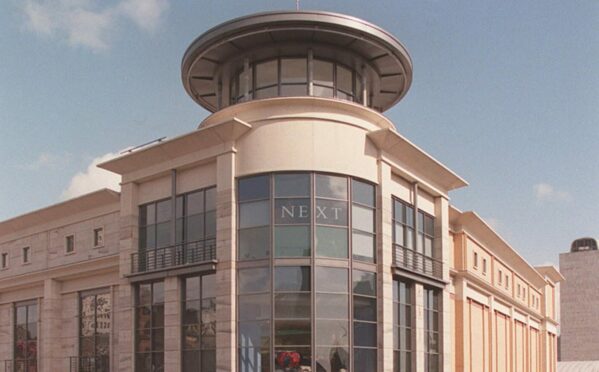
A landmark shopping mall could be demolished under plans to overhaul one of Scotland’s most famous shopping streets as town and city centres face transformation post-pandemic.
The future of Buchanan Galleries, in Glasgow, is under review as urban planners suggest city centres will become more diverse with more housing creating new neighbourhoods.
Landsec, owners of the city centre mall, says it wants to consult on the plans prompted by changes to shopping patterns given new momentum by Covid. Buchanan Street would be opened up with the addition of new public squares and street-level shops replacing the 600,000 sq ft mall.
The proposals would see the building replaced by mixed-use shopping, residential and office quarters that developers say would blend “world-class shopping” with places to live and work. The Royal Concert Hall would remain.
The move comes after years of declining footfall rates which have been exacerbated by the coronavirus lockdowns and the rise of home working.
City council leader Susan Aitken said Glasgow, in common with other towns and city centres, faced “significant and accelerating structural changes”.
“A 21st Century city centre delivering on Glasgow’s international standing and ambitions means more mixed-use developments, a greater residential population, more public spaces, sustainable transport options and more people-focused streets,” said Aitken.
The proposals drew a cautious welcome from Glasgow Labour MSP Paul Sweeney, who backed the idea of creating more homes but questioned the need to demolish Buchanan Galleries.
He said: “While increasing the city centre population is critical, demolishing a building that is only 23 years old is not really in harmony with the city’s green credentials.”
The proposals echo the principles set out by advocates of so-called “15-minute cities” as a response to both changing habits and the climate emergency.
Developed by Professor Carlos Moreno at Paris-Sorbonne University in France, the planning objective is for people to be able to meet the vast majority of their day-to-day needs within a 15 to 20-minute walk of their home, requiring existing city centres to adapt.
Moreno told The Sunday Post in September 2020: “We have been too fond of buildings created for one purpose when they should be for work, shopping and living. Work, home, entertainment should be available to us locally.”
Dr Husam Alwaer, reader in sustainable urban design at Dundee University, said: “We need to make the city centre a village of its own. It needs cafes, plazas and other areas that foster community and interaction.”
Analysis by Glasgow City Council showed the number of people visiting the city fell from 57 million in 2019 to 28 million in 2020.
On Buchanan Street, footfall was down 42% at the height of the pandemic. The latest data shows that only around 60% of the average annual footfall has returned since restrictions were lifted.

Enjoy the convenience of having The Sunday Post delivered as a digital ePaper straight to your smartphone, tablet or computer.
Subscribe for only £5.49 a month and enjoy all the benefits of the printed paper as a digital replica.
Subscribe